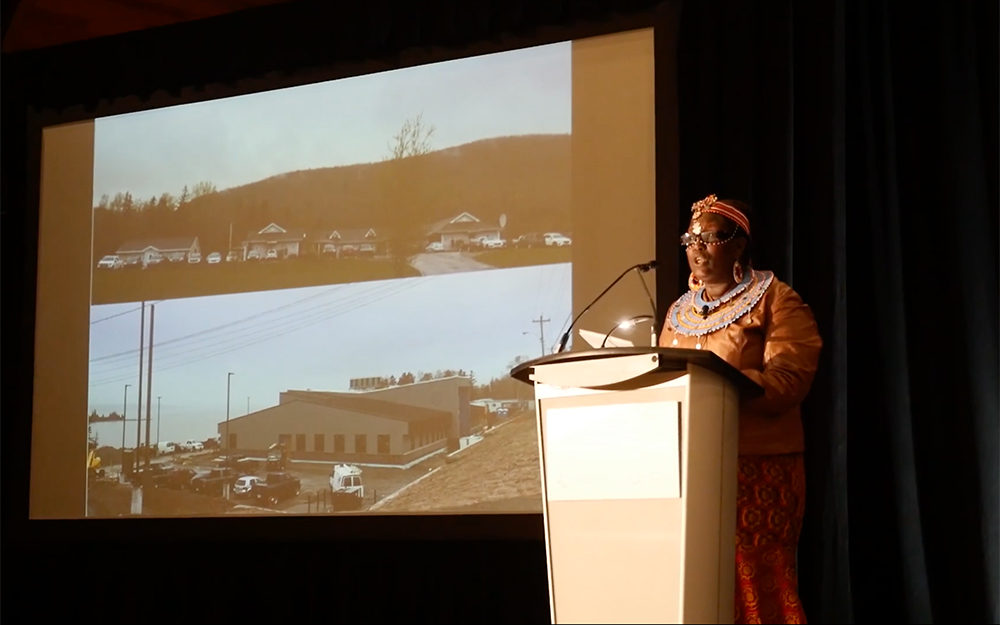Transformative Science with Society: Innovations in Community-based Conservation
[vc_row css_animation="" row_type="row" use_row_as_full_screen_section="no" type="full_width" angled_section="no" text_align="left" background_image_as_pattern="without_pattern"][vc_column width="2/3"][vc_column_text]This session explored how community-scientist teams around the world are changing the process of science by working closely together on conservation and livelihoods issues. We call this approach ‘transformative science with society’. This new science brings together...



